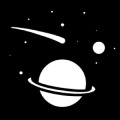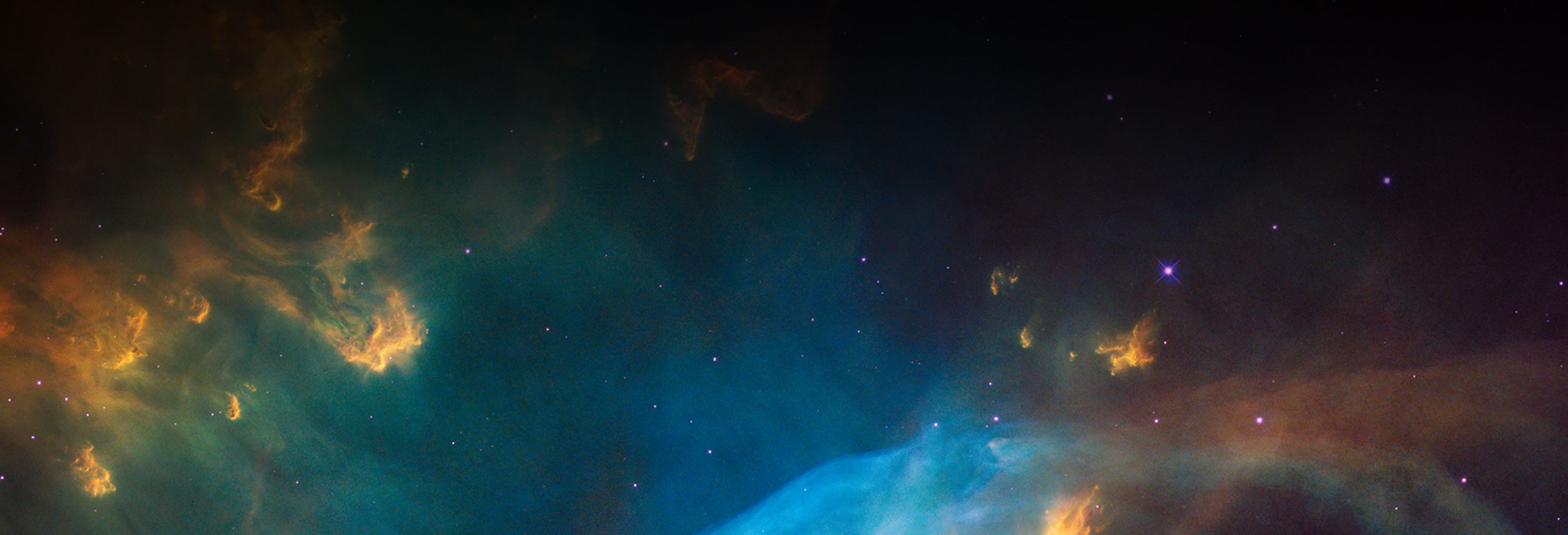Collections
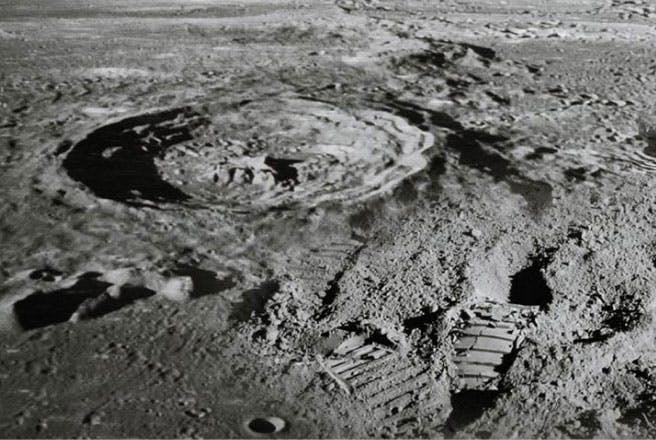 Lunar Samples
Lunar SamplesThe Lunar Sample data in Astromat consists mainly of analytical sample data from lunar material collected during NASA's Apollo missions. These six missions brought back a total of 2,196 specimens of soils, breccias, rocks and core samples from the surface of the Moon. The Synthesis also includes Lunar Sample data from other missions, including Luna and Chang'e 5. Ingestion of all legacy Lunar Sample data, from the 1970's to present, into the Astromat Synthesis database was completed in 2020. Additional Lunar Sample data is continuously added by Astromat Data Managers as new publications are released. MoonDB, the predecessor to Astromat, was an online, quality-controlled data system that synthesized analytical data acquired on lunar samples to make them accessible in a single data product. MoonDB preserved and restored lunar sample data that had been scattered across the scientific literature, in online PDF documents, and in private files. The Lunar Sample data from MoonDB are now part of the Astromaterials Data Synthesis.
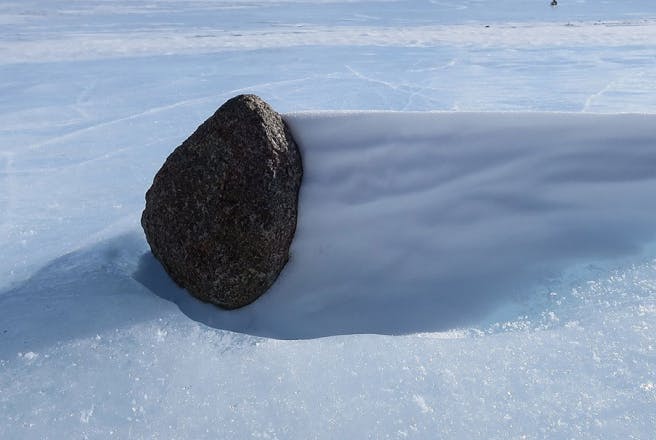 Meteorites
MeteoritesThe Meteorite data in Astromat includes sample analytical data from several sources. Astromat Data Managers completed the ingestion of all legacy publication data from Antarctic Meteorite sample data in 2023. Our curators continuously scan recent publications for relevant Antarctic Meteorite data and enter those into the Astromat Synthesis as they are released. Meteorite sample data in Astromat includes analytical data from these samples: Antarctic Meteorites from the US Antarctic Meteorite program, a cooperative effort among NASA, the National Science Foundation and ANSMET, and the Smithsonian Institution; Meteorites analyzed concurrently in publications with Antarctic Meteorites; Meteorites included in the merge of the MetBase database in Astromat Synthesis. AstroSearch provides multiple ways to search for meteorite sample data in Astromat's Synthesis Database, including options to filter for meteorites by classification, and/or analytical and chemical variables. Users can also search for data from a specific meteorite using the Search by Sample Name tool to access and download all aggregated data in the Synthesis for a given sample.
 Stardust
StardustAstromat contains sample data from Stardust, a NASA Discovery-class mission, the first to return samples from a comet, Wild-2, and from interstellar space. Samples were collected on exposed trays of silica aerogel to capture coma dust grains. Astromat Data Managers completed the ingestion of Stardust sample legacy data and continue to add additional data as it is published.
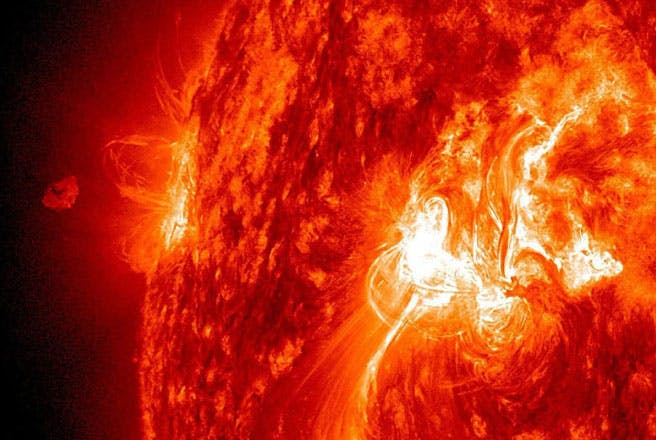 Genesis
GenesisThe Genesis sample data in Astromat contain data from samples collected during the NASA Genesis sample return mission, which collected solar wind with collectors. Genesis samples contain analytical data that can be used to determine the composition of the Sun, which can provide a good estimate of the composition of the solar nebula at the time when the planets were forming. Astromat Data Managers completed the ingestion of legacy Genesis sample data and enter additional publication data as they are released.
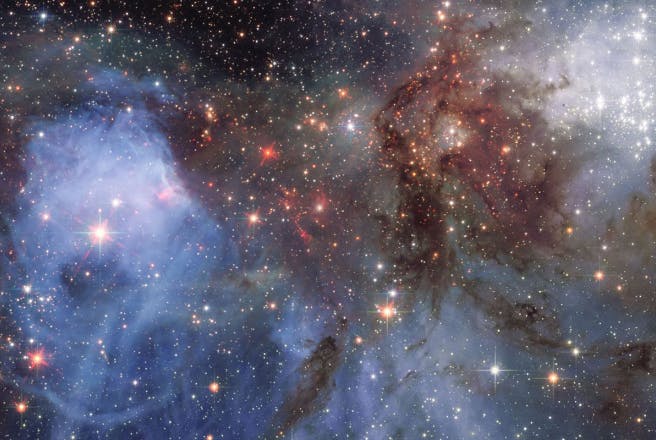 Cosmic Dust
Cosmic DustThe Cosmic Dust sample data contained in Astromat originate from samples of asteroids, comets, and spacecraft debris particulates. Sample material types include both interplanetary dust particles (IDPs) and micrometeorites (MMs). Astromat Data Managers completed the ingestion of all legacy Cosmic Dust sample data into the Astromat Synthesis and continue to add additional sample data as it published.
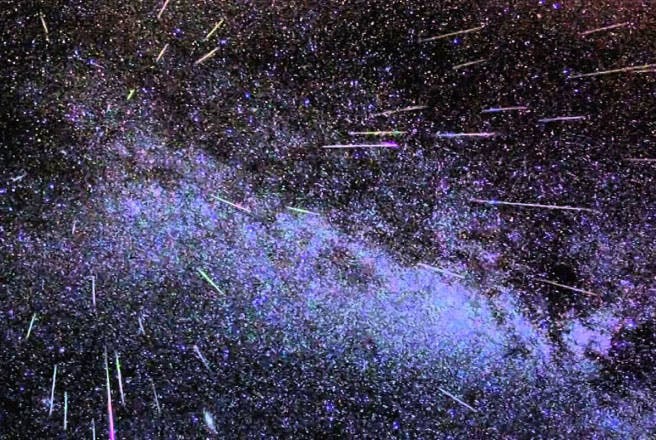 Microparticle Impact
Microparticle ImpactThe Microparticle Impact analytical data in Astromat includes the samples curated by the JSC - a variety of spacecraft and spacecraft components that have been impacted by natural and man-made microparticulates. These include the impact-preserving materials captured as micro-impacts in unique environments such as the Genesis and Stardust sample return capsules, pieces of Surveyor 3, the long Duration Exposure Facility (LDEF), the Solar Maximum satellite, the European Recoverable Carrier (EuReCa), the MIR space station and the Hubble Space Telescope. Astromat Data Managers completed ingesting the legacy data for these samples and continue to enter newly published data into the Astromat Synthesis.
 Hayabusa
HayabusaThe Astromat Synthesis contains sample analytical data from the Hayabusa mission, the first sample return mission of JAXA, to collect samples from asteroid Itokawa. NASA was allocated approximately 10% of the returned sample for its support of the mission. The sample analytical data from NASA's Hayabusa allocation is included in Astromat's Synthesis database. Additional sample data from the mission samples are ingested into the Synthesis by Astromat Data Managers as new publications are released.
 UCLA Cosmochemistry Database
UCLA Cosmochemistry DatabaseExtraterrestrial materials include meteorite falls and finds, micrometeorites, and interplanetary dust particles as well as samples returned from manned and robotic spacecraft. Samples have been retrieved from the Moon, several asteroids, a comet, and the solar wind. These materials provide otherwise unobtainable information about the chemical composition, formation, history, and evolution of the Solar System. Since the 1960s, John Wasson, Paul Warren, and their UCLA colleagues have been analyzing the chemical compositions of a wide range of extraterrestrial materials including iron meteorites, stony iron meteorites, chondrites, achondrites and lunar samples. A large quantity of cosmochemical data has accumulated. These comprehensive data can help in the recognition of new meteorite groups, the identification of grouplets, and the determination of possible pairing among discrete samples. These data form the basis for modeling the disparate formational processes in the solar nebula and for enhancing our understanding of the formation and evolutionary history of the Moon, asteroids, and planets.
